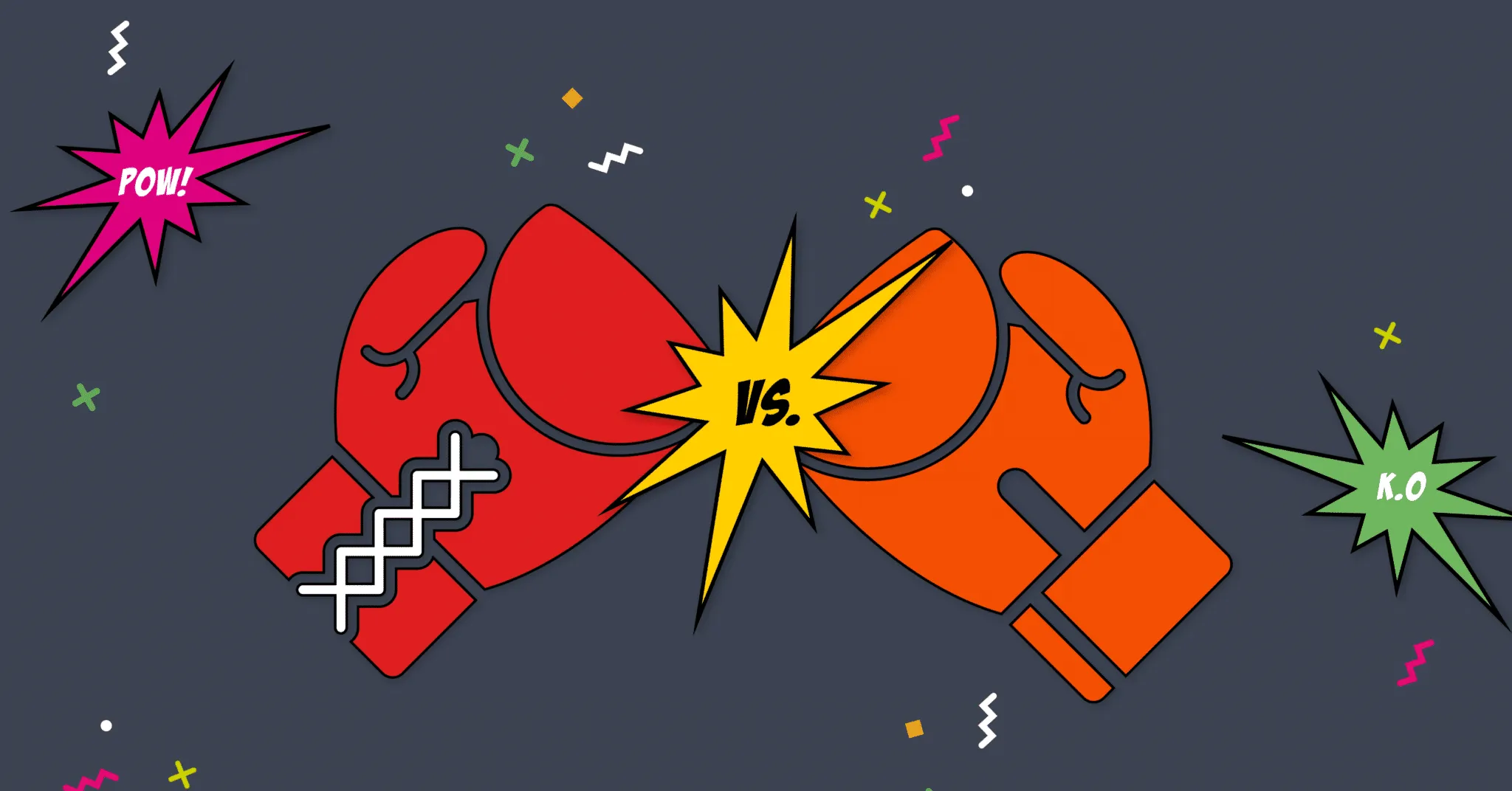
What’s the difference and why they shouldn’t be considered the same type of iPaaS!?
Integration capability is now a key consideration for users when they are looking into using new SaaS software. This is so they extract more value from data, and connect it with other systems in their tech stack and entire organisation ecosystems.
I want to distinguish the difference between embedded iPaaS and traditional iPaaS for you to understand how they can help you and your specific use case. As ultimately, the use case you have will determine the iPaaS you’ll need.
The Difference Between iPaaS and Embedded iPaaS
Simply put an embedded iPaaS sits invisibly behind your SaaS application and provides you with all the integration functionality natively. It allows you to build integrations connecting your product to customers’ other products.
In comparison, a “traditional” (internal solutions) iPaaS functions externally to your application and helps businesses integrate their apps internally rather than with customers. These “traditional” iPaaS systems aren’t flexible enough to handle complex workflow or integrate with niche applications as they have an inward focus.
Zapier a Giant iPaaS
One prominent player in the iPaaS market is Zapier. There is no doubt that it is an integration and automation powerhouse. As a traditional iPaaS, it helps organisations integrate apps they use internally.
Zapier is a no-code automation platform that helps businesses automate work to 4,000 apps. The platform allows users to eliminate repetitive tasks that slow teams down, and Zapier helps to make the systems you rely on more efficient.
The appeal of Zapier as an iPaaS solution is that it is very cheap and easy to implement as it doesn’t require a lot of knowledge of coding. However, users have noticed that pricing quickly creeps up for teams and organisations have found they need to upgrade for more functionality. Zapier also lacks the ability to provide complex integrations as many apps have limited tasks to automate which means requesting a particular task which is time-consuming.
While hundreds use the simple automation platform there are however pretty good and different alternatives, such as Cyclr. Zapier may be a giant in the iPaaS market it is a relatively small player when it comes to embedded iPaaS.
Cyclr the First to Market with an Embedded iPaaS
Cyclr is the original embedded iPaaS which first came onto the market back in 2013. It is an integration toolkit that empowers SaaS apps to rapidly expand their in-app integration capabilities. Users can create powerful integration workflows using low-code tools, including a drag-and-drop interface for building integrations between your platform and hundreds of third-party apps.
Cyclr has continually expanded its connector library to over 500 API connectors as well as added dynamic features to its console. The platform helps users build SaaS integrations faster and provides value with a wide variety of supported connectors from niche to common APIs.
It is a versatile tool with minimal code requirements as integration templates can conveniently be either manually installed on a client’s account or automated through the self-installation process. The Cyclr platform recently underwent a major UI/UX redesign and is now a fresh, easy-to-use platform with helpful tips and tricks along the way.
The Difference between Cyclr and Zapier
Ultimately, Cyclr and Zapier shouldn’t be seen as the same because the main difference is that Cyclr is firstly an embedded iPaaS that sits within your application. Whereas Zapier sits externally from your application and exposes your users to potential competitors.
Another key difference is that users also have to have an active role in the integration management process when using Zapier. Cyclr removes this active role and keeps things simple for your users. Cyclr can provide both system-to-system and system-to-user integrations that are dynamic and complex two-way communications between systems, unlike Zapier.
Finally, unlike Zapier, Cyclr is highly scalable and designed to expand with you as you go from a small startup to a large enterprise. A slick, value-add solution that can accelerate the development of your platform integrations.
It is therefore important to recognise embedded iPaaS as a separate category from iPaaS or traditional iPaaS as they have a similar premise but different functionality. I will reiterate that it’ll be your use case that determines which type is relevant for your SaaS organisation.
Friends or Foes?
So, I’ll let you in on a secret, Cyclr and Zapier can be used in combination with other integrated processes in a SaaS application. For example, in-house and Zapier or embedded iPaaS and Zapier. We have discussed this before in a report and called it the 80:20 rule.
The 80:20 rule is a mindset to tackling integrations. This approach can help with efficiency and managing integration complexity. We believe that you should natively deliver 20% of integrations (by volume) that solve 80% of your client’s integration needs. Then outsource 80% of integrations (by volume) that resolve 20% of your clients’ needs.